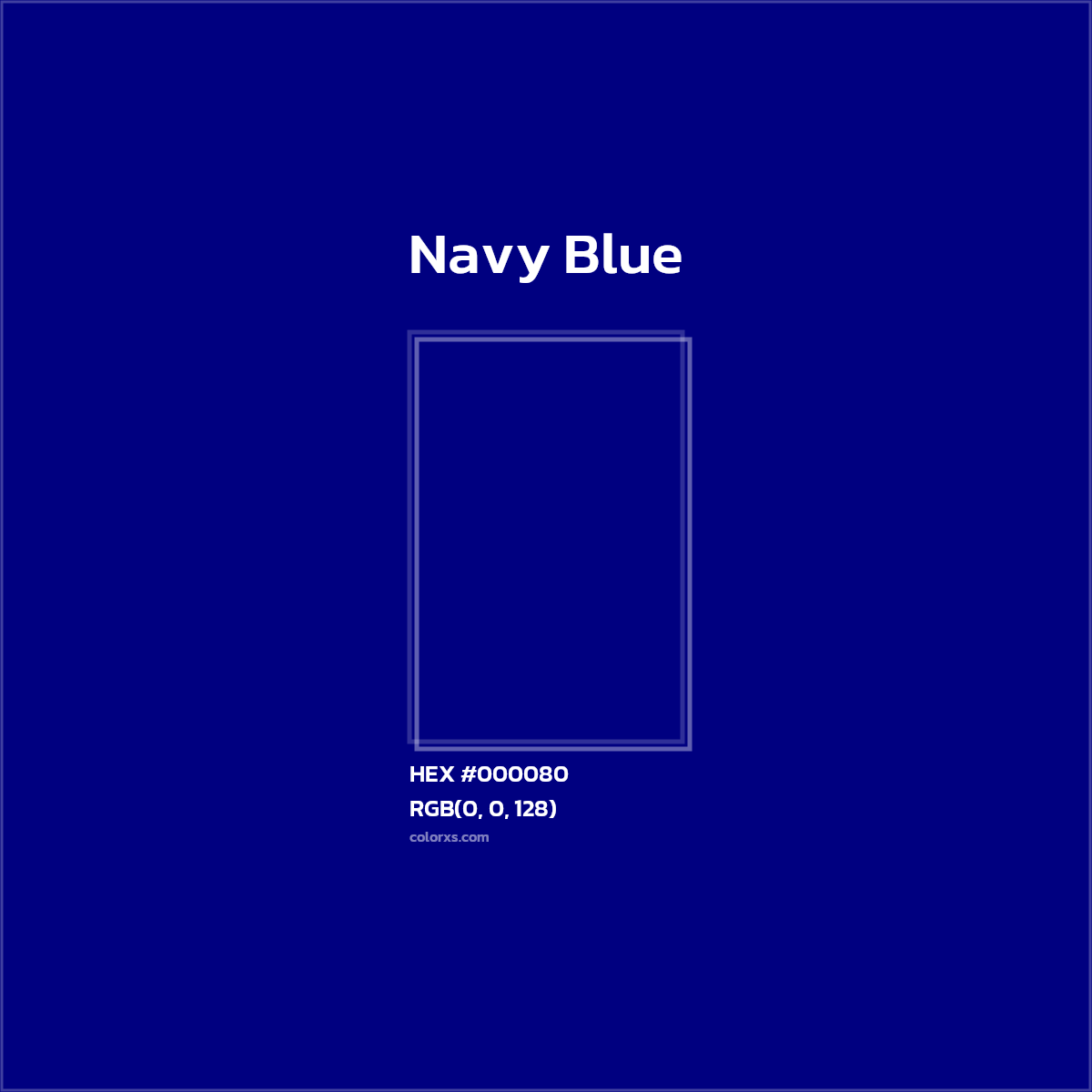
Always preview your app under multiple lighting conditions, including outdoors on a sunny day, to see how colors appear. Colors you see on your computer won’t always look the same when your app is used in the real world. Lighting varies significantly both indoors and outdoors, based on room ambiance, time of day, the weather, and more. Test your app’s color scheme under a variety of lighting conditions. Colors can also appear different when placed behind or applied to a translucent element like a toolbar. Maps, for example, displays a light color scheme when in map mode but switches to a dark color scheme when in satellite mode. Variations in artwork sometimes warrant changes to nearby colors to maintain visual continuity and prevent interface elements from becoming overpowering or underwhelming. If interactive and noninteractive elements have the same color, it’s hard for people to know where to tap.Ĭonsider how artwork and translucency affect nearby colors. When you use a system color for your accent color, you get automatic support for both appearance modes.Īvoid using the same color for interactive and noninteractive elements. Provide two versions of your accent color to make sure it looks good in both light and dark modes. If you define an accent color that denotes interactivity, make sure other colors in your app don’t compete with it.

In Notes, interactive elements are yellow in Calendar, interactive elements are red. Subtle use of color is a great way to communicate your brand.Ĭonsider choosing a color to indicate interactivity throughout your app. For example, a red triangle that warns of a critical problem becomes less effective when red is used elsewhere in an app for noncritical reasons.Ĭonsider choosing a limited color palette that coordinates with your app logo. The power of color to call attention to important information is heightened when used sparingly. If your app uses color to convey information, be sure to provide text labels or glyph shapes so users with colorblindness or other visual disabilities can understand it. Look to the system’s color scheme for guidance when picking app accent colors that look great individually and in combination, and adapt well to accessibility and appearance modes.ĭon’t rely solely on color to differentiate between objects or communicate important information. Color is a great way to impart vitality, provide visual continuity, communicate status information, give feedback in response to user actions, and help people visualize data.


 0 kommentar(er)
0 kommentar(er)
